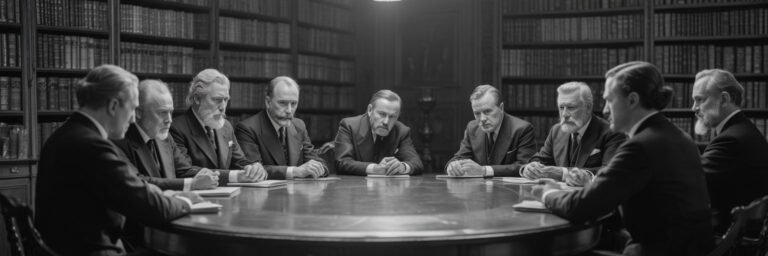INTRODUCTION
With every era marked by unique struggles and achievements, humanity has forever been molded by the tools used to navigate societal complexities. Among the many artifacts of civilizations past, none are as starkly indicative of cultural shifts as weapons, both literal and metaphorical. Explosive instruments of war and subtle tactics of control, these mechanisms are evidence of societies adapting to evolving circumstances and sculpting the path for new epochs. But, as these weapons and tactics change, so too does the cultural fabric of civilization. In this extensive review, we explore the intersections of weaponry, tactical approaches, and culture, seeking to uncover how these elements have shaped the world as we know it.
HISTORICAL BACKGROUND
Our exploration begins in the Bronze Age (3300-1200 BC). During this period, societies witnessed the birth of bronze weaponry, notably swords, spears, and shields. Significantly, this era also observed an evolution in battle tactics, such as the use of chariots and fortified cities. Advanced technology coupled with strategic innovation saw cultures shift from tribal structures to more centralized states, resulting in the first truly organized military establishments.
The wheel then turned to the Medieval Ages (5th-15th century AD), characterized by the rapid advancement in weapons technology like the longbow and crossbow triggering transformative shifts in cultural norms. Interestingly, the same centuries that beheld the rise of formidable weaponry also saw the advent of chivalry, an ethical code that fundamentally altered the dynamic between knights and their rulers, spurring social mobility and affecting Europe’s political landscape.
THEORIES AND INTERPRETATIONS
Several theories percolate within academia to explain the cultural shifts propelled by advances in weaponry and modifications in tactics. The renowned historian Michael Roberts, in the Military Revolution theory, argues that innovations in arms and strategies around the 16th century marked a cultural turning point that laid the foundations for the modern nation-state system.
Another lesser-known interpretation, the social constructionist theory by the sociologist Barry Barnes, proposes that societal values and norms significantly influence the development and utilization of weapons. For instance, the spreading belief of individual valor in the Viking Age inspired the production of personalized, embellished weapons.
MYSTERIES AND CONTROVERSIES
History holds many mysteries and controversies regarding weapons and their role in shaping societies. One such enigma lies with the ancient Chinese, who pioneered the production and use of gunpowder. Yet, contrary to expectations, their society didn’t transform into an aggressively expansionist one, suggesting a paradox that challenges most Western theories about the influence of military technology on cultural forms.
An ongoing debate in academic circles pertains to the role of nuclear weapons in driving the Cold War tensions or preserving peace. Were these weapons the wall that divided the world into two hostile blocs, or the fearsome deterrent that prevented full-scale conflict?
SYMBOLISM AND CULTURAL SIGNIFICANCE
Weapons, while practical tools, also carry potent cultural symbolism. The Spartan spear, for example, signifies courage and discipline, embodying the spirit of an entire civilization. The samurai’s katana symbolizes honor and moral rectitude, underpinning the values of feudal Japanese society.
Many societies have used their weapons as symbols to rally people and amplify their identity. More subtly, tactics, such as the Roman ‘divide and rule’ strategy, have become embedded in cultures, shaping the way nations interact even in peacetime.
MODERN INVESTIGATIONS
Modern scholars now utilize an array of tools, from computer simulations to archaeological digs, to deepen our understanding of weapons and tactics of the past. For instance, experimental archaeology has helped reveal how Bronze Age daggers were made, shedding light on the manufacturing skills of the era.
Other studies, like those at CRSQ (Creation Research Society Quarterly), analyze the psychological impact of weapons on civilizations, a topic all the more pertinent in our age of nuclear and cyber warfare.
LEGACY AND CONCLUSION
Weapons and tactics have long been critical drivers of cultural shifts. They’ve symbolized the might of empires, driven the expansion of territories, and spurred the development of nations. But they’ve also profoundly influenced the societal ethos, shaping our understanding of honor, bravery, and power.
Even as the weapons of yesteryears fade into historical relics, their lessons endure. From the war strategies of Sun Tzu still instructing today’s military leaders, to the symbol of the Roman gladius forging our ideas of courage and strength.
It’s also a testament to human evolution that, alongside physical tools of war, information and technology have emerged as the defining weapons of our era, mobilizing revolutions and developing societies in ways previously unimagined.
Ultimately, our journey through history beckons a reflection on our civilization’s future. As peering into the past reveals persistent patterns, perhaps the truest weapon we yield in navigating future cultural shifts is understanding history itself.






